Staking has become one of the most popular methods for generating income in the crypto ecosystem. CEX.IO is a pioneer in the staking industry offering flexible staking rewards for 14 different cryptocurrencies.
CEX.IO offers some of the highest staking rewards for Kava (KAVA), Zilliqa (ZIL), and Polkadot (DOT) at 18%, 11%, and 10% estimated annual yield (EAY), respectively.&
Read along as we discuss how staking yields could fare in the future.&
Staking yields used to be astronomical in the early days of proof of stake (PoS) networks. Double-digit annual returns were commonplace among even the largest stake-able cryptocurrencies.
The primary reason behind high staking yields was that the number of participants in these cryptocurrency networks was minimal compared to the present day. In order to attract the minimum number of validators required to secure a PoS blockchain, exceptionally high yields had to be granted.&
The exponential increase in the number of cryptocurrency users, facilitated by the emergence of decentralized finance (DeFi) and non-fungible token (NFT) products, has exploded the number of participants in PoS blockchains over the last three years.
The delegation of more funds into these networks has fortified their security level. In turn, this has worked to drop the average staking yield per unit of currency.
Besides network growth, a number of economical and technological factors have also contributed to the drop in staking yields. These include tokenomics, the ability to liquid-stake tokens, and the introduction of layer 2 blockchains.
In this article, we will discuss how these factors could impact staking yields going forward. Additionally, we will discuss how rising interest rates in traditional finance could affect the number of participants in PoS cryptocurrencies, and thus their staking yields.
Tokenomics
It’s natural to see a word like “tokenomics” and immediately pick up vibes of complexity. However, put simply, tokenomics refers to the inflation created by a cryptocurrency, along with the ratio of its circulating supply to its total supply.
Inflation
Much like with the traditional economy, inflation refers to an increase in the money supply. If validating transactions on a cryptocurrency network requires a large number of new tokens to be issued as rewards, then it’s safe to say that cryptocurrency has a high inflation rate. High inflation is known to dilute the value of a currency.&
One way to combat on-chain inflation is by decreasing the emission rate. Emission rate is how fast new units of currency are issued. Increasing a PoS network’s staking participation (i.e. the number of active validators and delegators) is one way to reduce inflation.&
As time passes, a cryptocurrency network typically grows with new users. This can make staking more attractive as increased transactions means more fees to earn in the form of rewards.&
A higher staking participation rate means more funds are being delegated to a network. In return, this reduces that cryptocurrency’s circulation velocity and potentially dampens its inflation.&
While a drop in the number of newly issued tokens in the form of staking rewards can help lower inflation, it could also indicate a reduction in overall staking yields.
How staking yields have fared so far&
Cardano (ADA), one of the largest PoS cryptocurrency networks, has seen its staking participation rise to 71.5% since 2020.&
In light of this, Cardano’s current inflation rate of 4.72% per year is expected to drop to 0.9% by 2030, which has already reduced its average annual staking yield from 8% down to 3.47% in November 2022.
Avalanche (AVAX), another leading PoS network, has experienced exponential growth since its launch in late 2020. The network’s transaction count surpassed 450 million transactions as of November 22, an increase of 1,507% year over year.
The expansion of the Avalanche network has resulted in the drop of its average annual staking yield from 11.54% in November 2021 to 8.25% in November 2022.&
Although the drop may not sound impressive considering its mind-blowing network growth, it’s worth noting that AVAX, Avalanche’s native currency, has an exceptionally high inflation rate currently of 39% per annum. This suggests that the rate of new AVAX tokens being added into circulation could be slowing down the drop in staking yields.
As another example, Polygon (MATIC) benefited from a number of positive catalysts this year. The rise of layer 2 (L2) networks has helped fill its sails, causing the flagship L2 solution to grow its community by an average of 80,000 new users per day. At that rate, Polygon has managed to become one of the largest PoS networks with over 782,000 daily active addresses.&
These figures have resulted in a rapid drop in the average staking yield of MATIC, Polygon’s native currency, which fell from 11% when its staking pools first launched in late 2021 to a low of 3.38% the following year. This is especially impressive considering MATIC’s 61.66% yearly inflation rate.
New vs. old cryptocurrencies
Most cryptocurrencies have predetermined inflation rates which are programmed into their networks prior to launch. Rates are typically set high at the beginning, since early validators often require the incentive of promising returns.&
In addition, project teams raise funds for development during the early stages of a cryptocurrency’s life cycle, usually by liquidating a substantial portion of the non-circulating supply. Additionally, this supply can be sold to secure the equivalent of “dividends” for future project development.&
These factors can likely contribute to a higher inflation rate for newer cryptocurrencies compared to those that have passed the test of time.&
Circulating-to-total supply ratio
Regardless of their age, cryptocurrencies with a low circulating-to-total supply ratio could have higher inflation due to idle supply, or assets that are not currently in circulation.&
With such currencies, staking yields may not drop as expected even when their staking participation increases substantially.
The factors discussed above show us that the tokenomics of a PoS cryptocurrency can be critical in determining how its staking yields could play out in the future.&
Liquid staking
Liquid staking provides liquidity for staked assets by creating proxies of those assets that would otherwise be locked and idle.&
These proxy assets give users the flexibility to deploy real crypto assets while continuing to earn staking rewards. Considering this, liquid staking could work to incentivize participation in PoS networks where locking assets once limited the utility.
In return, higher staking participation could decrease staking yields, which has been the case with many major PoS networks so far.&
Layer 2 blockchains
The low throughput of layer 1 (L1) blockchains such as Ethereum can cause networks to become congested very easily. The demand by users to be included in the next validation block on a highly congested network typically ends up in astronomical transaction fees, also known as gas.
Layer 2 (L2) blockchains were introduced on L1 blockchains as a scaling solution. L2 protocols act as side roads from the main L1 network to execute transaction requests. This helps reduce the load on the mainnet and makes transactions both cheaper and faster.&
Fees on L2 networks are typically very low, and the subsequent drops in on-chain transaction loads work to significantly reduce gas fees on main L1 blockchains.
Fewer fees per transaction (or more transactions for the same amount of fees) could put pressure on staking yields by lowering incentives for validators and delegators. This was demonstrated by the drop in MATIC yields despite its astronomic inflation rate.&
Staking yields vs. the risk-free rate
As is the norm with any risk asset, the yields of PoS cryptocurrencies could stay above the risk-free rate, which is commonly accepted as the U.S. government bond yield. The yield for the benchmark 10-year U.S. bond is currently at 3.66%.
Although temporary drops below the 10-year bond yield are always possible, as is the case with the average MATIC staking yield now (3.38% vs. 3.66%), in a longer timeframe we could expect staking yields to remain above the risk-free rate.
Bond yields have been consistently increasing since their all-time lows in 2020. These increases have accelerated since the Federal Reserve (Fed) started hiking its funding rates at the beginning of 2022 in an effort to combat surging U.S. inflation.
Rise of the 10-year U.S. bond yield since the 2020 bottom. Source: Tradingview.
If the Fed keeps raising its funding rates, it has the potential to raise bond yields with it, which could eventually incentivize more crypto participants to switch to lower-risk instruments like government bonds and fiat-currency savings accounts.&
This would in return decrease the number of participants in PoS networks and put upwards pressure on staking yields, at least until the yields exceed the risk-free rate.
Staking participation and tokenomics are critical
The amount of funds locked in staking accounts will likely determine the future of staking yields as well as the ratio and velocity of a PoS network’s circulating supply.
However, the progress of bond yields can also impact the level of interest in cryptocurrency networks. As a closely correlated market, it’s always important to do ample research around current market conditions before putting your funds on the line.
Disclaimer: Information provided by CEX.IO is not intended to be, nor should it be construed as financial, tax, or legal advice. The risk of loss in trading or holding digital assets can be substantial. You should carefully consider whether interacting with, holding, or trading digital assets is suitable for you in light of the risk involved and your financial condition. You should take into consideration your level of experience and seek independent advice if necessary regarding your specific circumstances. CEX.IO is not engaged in the offer, sale, or trading of securities. Please refer to the Terms of Use for more details.

You can get bonuses upto $100 FREE BONUS when you:
💰 Install these recommended apps:
💲 SocialGood - 100% Crypto Back on Everyday Shopping
💲 xPortal - The DeFi For The Next Billion
💲 CryptoTab Browser - Lightweight, fast, and ready to mine!
💰 Register on these recommended exchanges:
🟡 Binance🟡 Bitfinex🟡 Bitmart🟡 Bittrex🟡 Bitget
🟡 CoinEx🟡 Crypto.com🟡 Gate.io🟡 Huobi🟡 Kucoin.
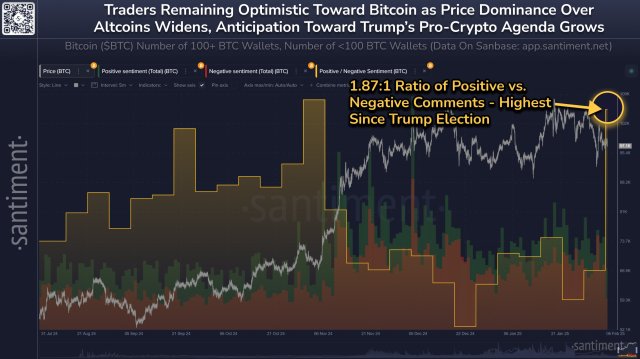
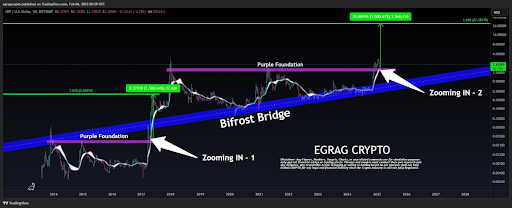

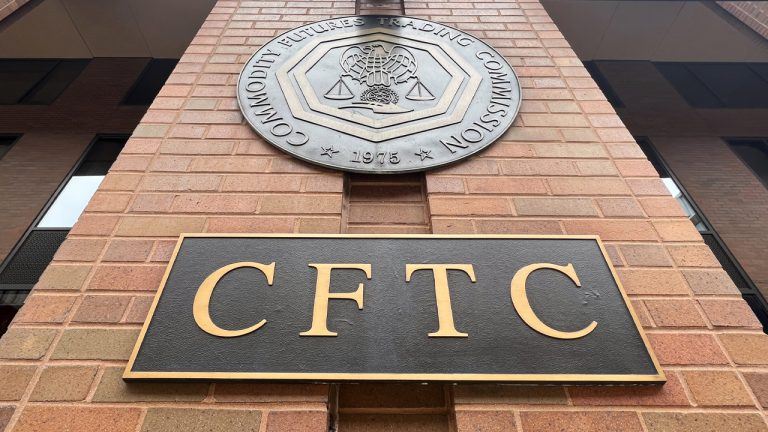


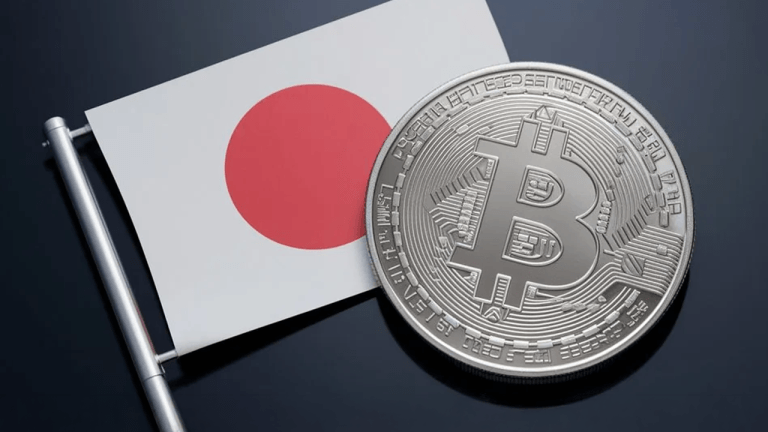


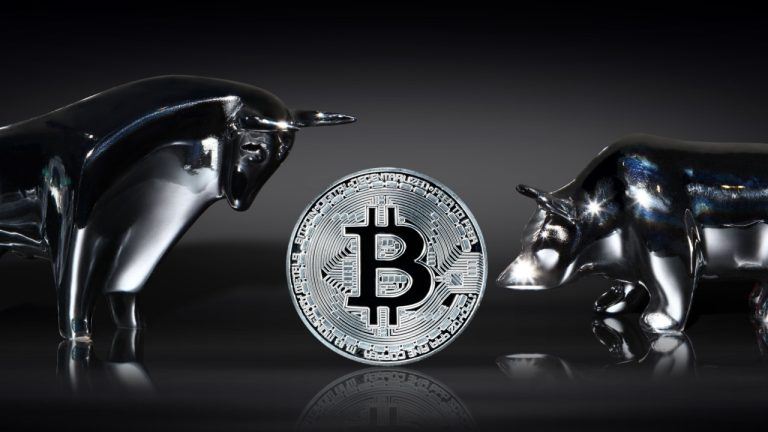



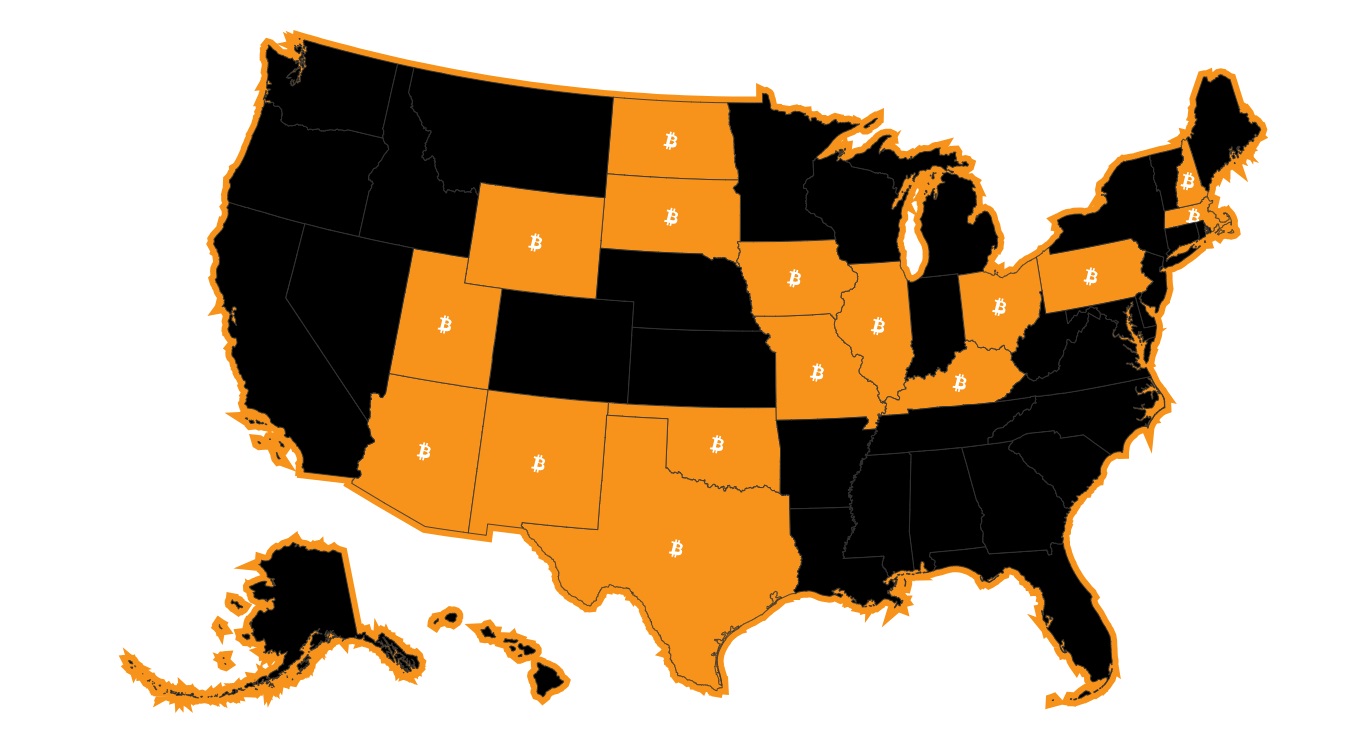





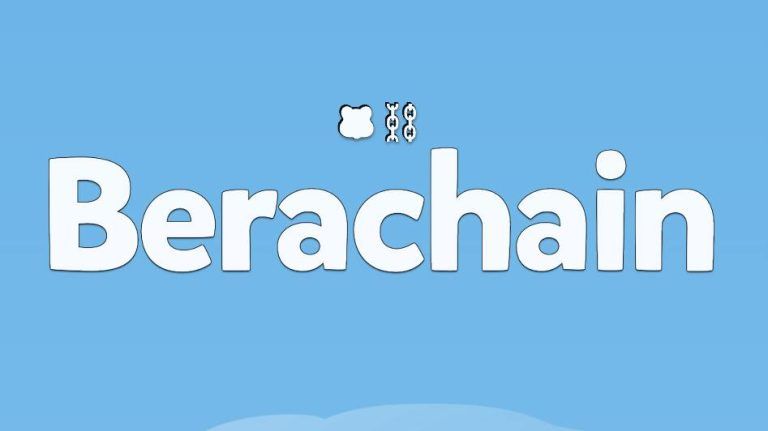
Comments